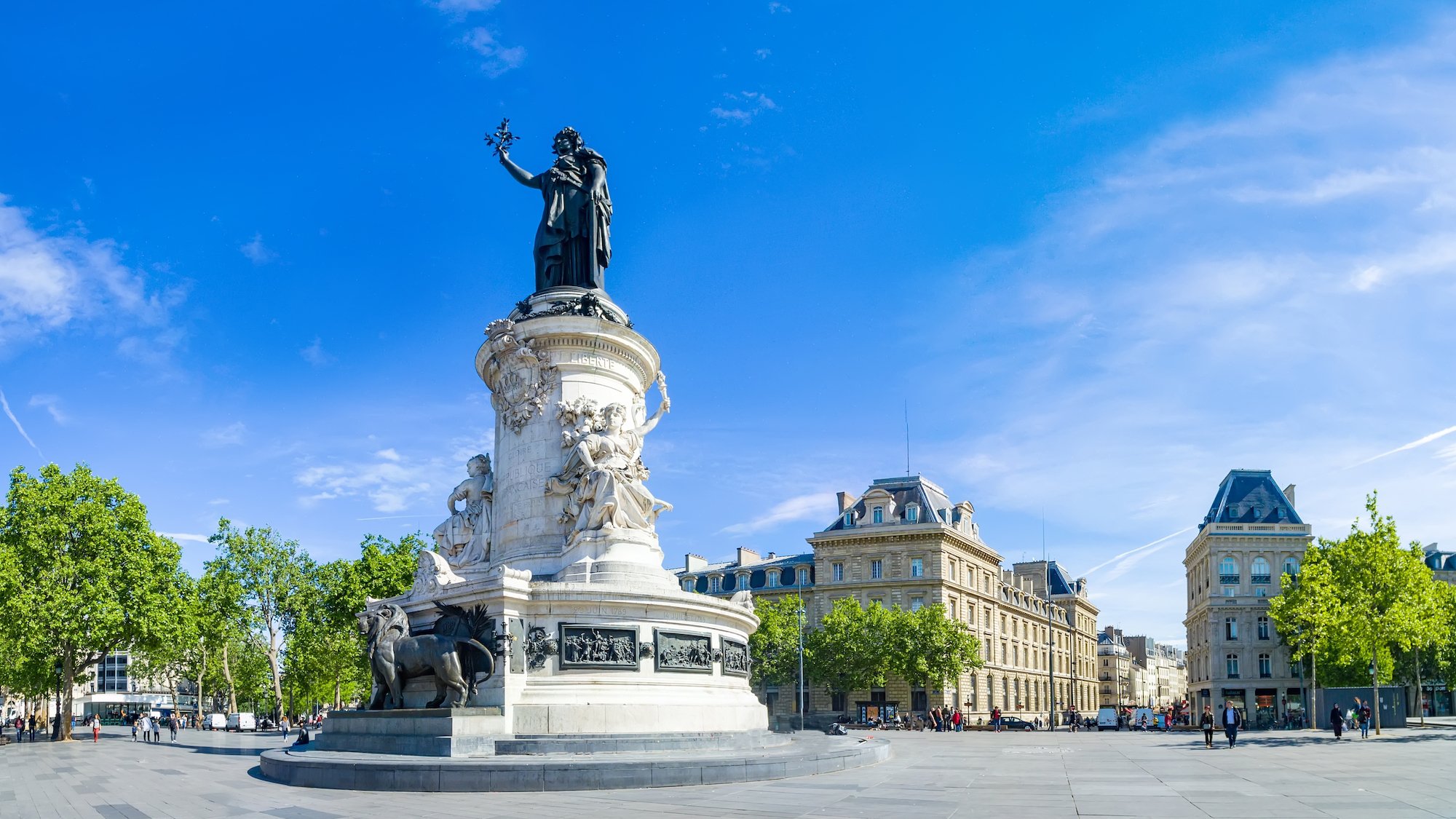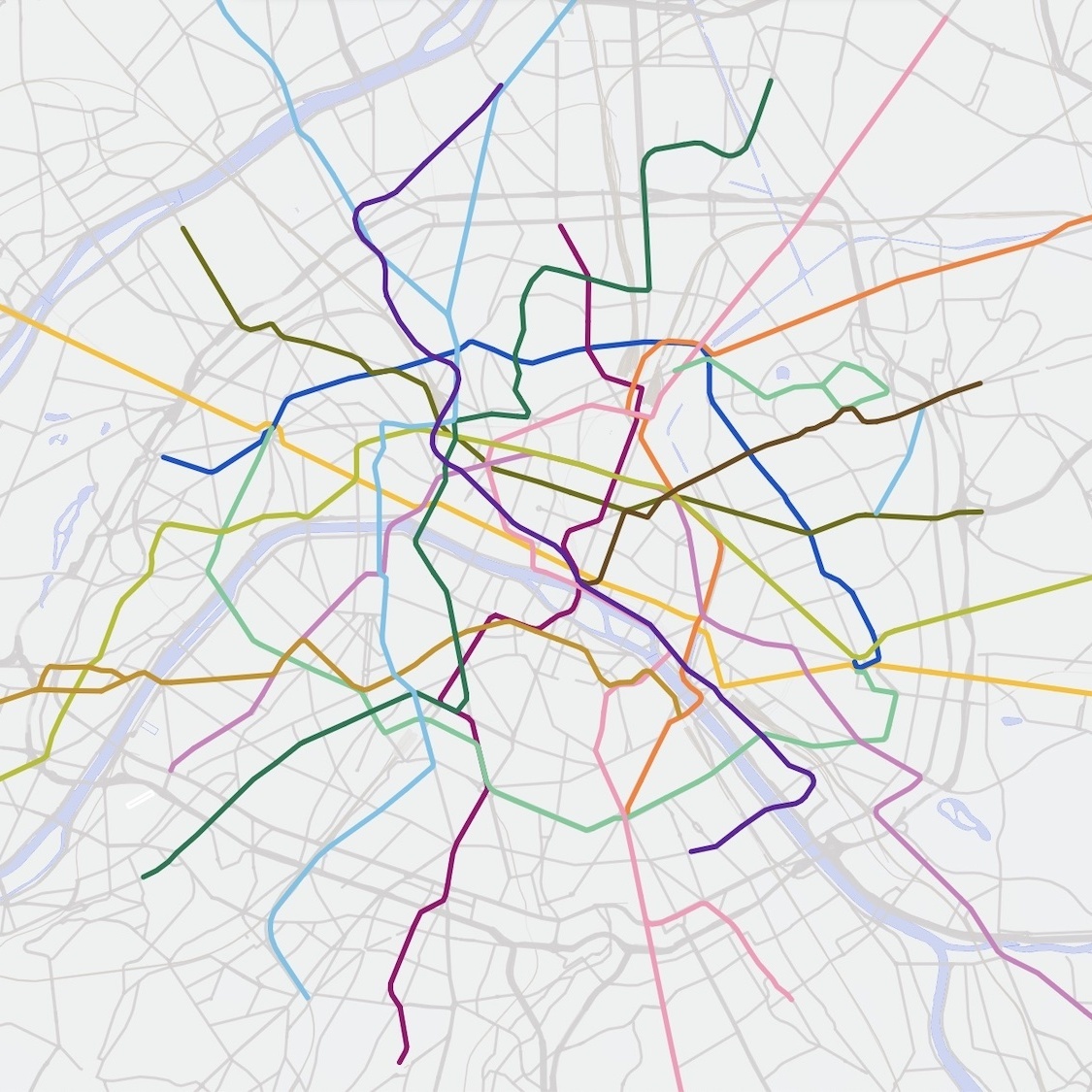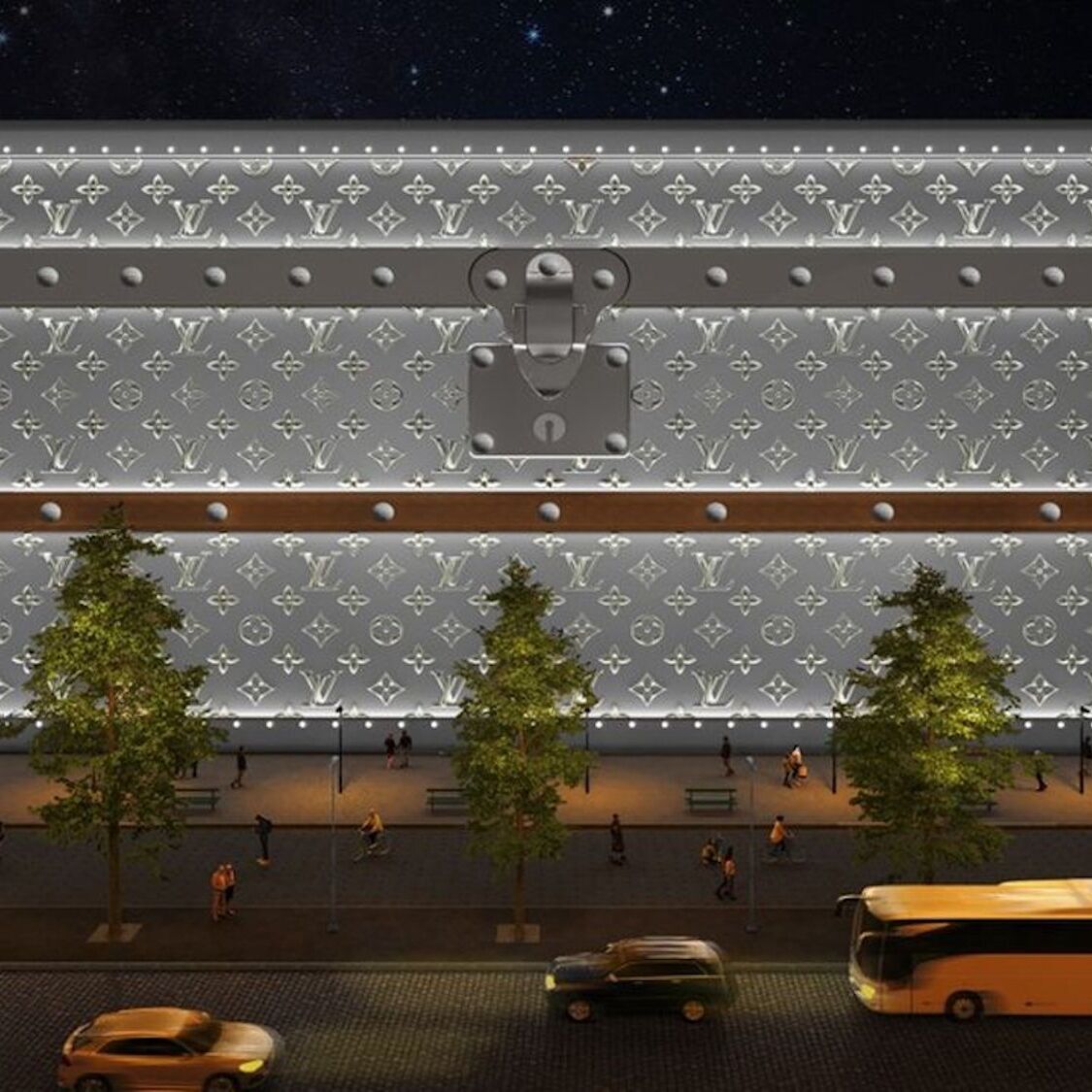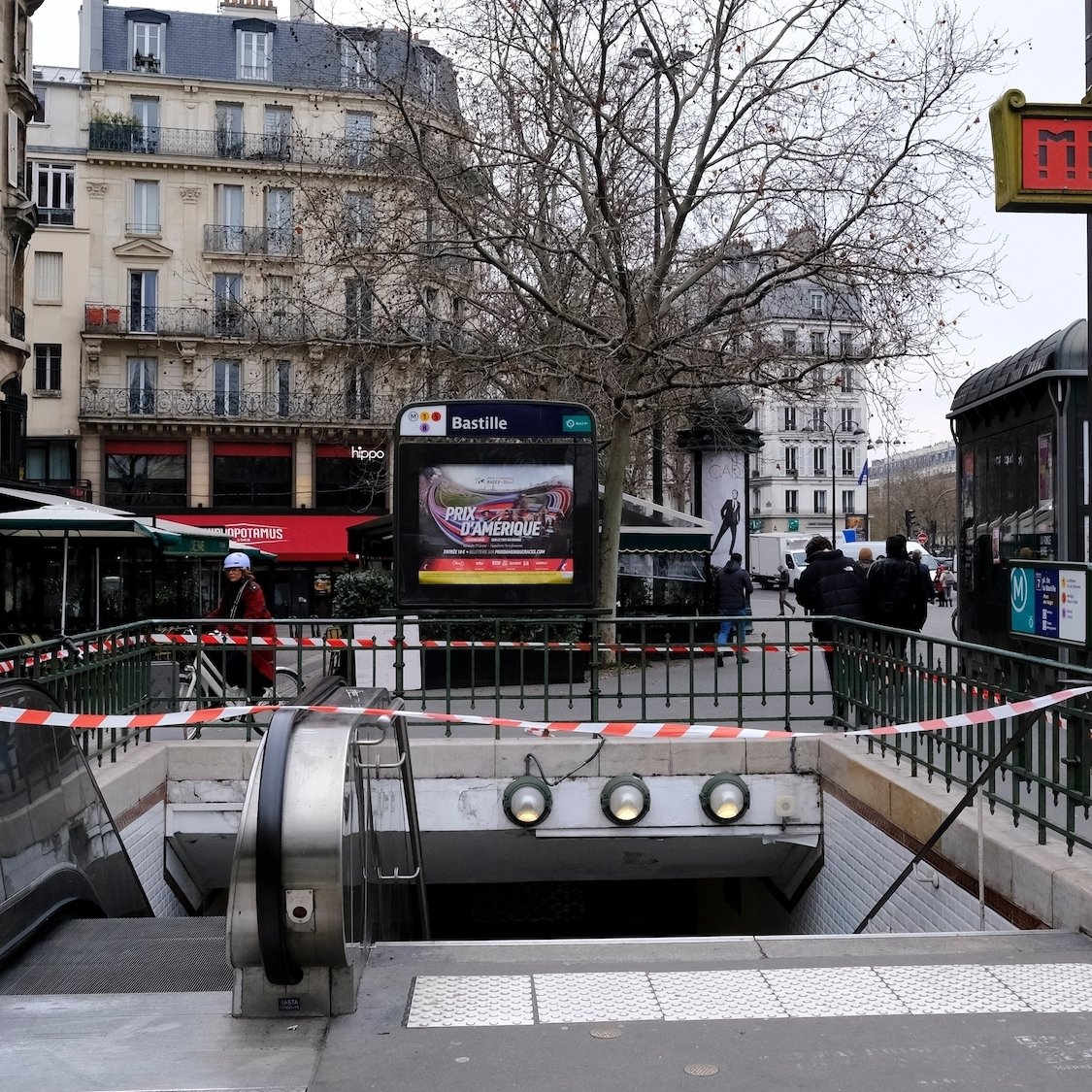Over the years, the Place de la République has become a true gathering spot in Paris. Every year, it welcomes hundreds and hundreds of protesters who gather around a common cause at the foot of its However, these gatherings often take place at the expense of the monument, which has become a true playground for disgruntled Parisians. In response to this situation, the City of Paris might take drastic measures.
An intrusive care ritual
It’s not uncommon, on Monday mornings, to see trucks and cleaning agents arriving at the Place de la République to try to remove the traces left by various demonstrations. This cleaning step is aimed at b...
to mainly remove the numerous tags that are regularly covered on the statue of the Republic and its pedestal with powerful jets of water.La statue de la République, place de la République, au lendemain d’une manif pour la défense de la République.
— Claude Weill (@WeillClaude) July 1, 2024
Je ne m’y fais pas.
Je ne m’y ferai jamais pic.twitter.com/YlYbmGH7il
However, due to efficiency and speed concerns, the water pressure is sometimes not well calculated, putting the preservation of the monument at risk. This "degradation of public heritage" caused by graffiti particularly troubles Ariel Weil, the mayor of Paris Centre, who hopes to find a lasting solution to protect this symbol of the capital, which has been somewhat spared from the passage of time and the moods of Parisians.
Expensive Solutions
In response to this problem, various solutions are possible, such as the use of poultices and lasers. These cleaning alternatives could help limit the damage caused by the pressure.ion, but also to the use of chemicals that damage the stones deeply. The thing is, they are unfortunately much more expensive than the techniques currently being used.
La colonne de Juillet, édifiée en mémoire des victimes des Trois Glorieuses de juillet 1830, est ouverte à la visite chaque week-end après +35 ans de fermeture au public.
— Guillaume Giraudon (@Guiguiii94) December 10, 2022
L’occasion de découvrir ses fondations, transformées en nécropole des révolutionnaires tombés en 1830 et 48. pic.twitter.com/9UhZP4SnPc
To address these issues, the mayor of the area has suggested the possible installation of railings all around the statue, similar to what we can already see around the July Column at the Place de la Bastille. It's a bit of an extreme solution, but an effective one, which could also be linked to the creation of a “raised garden”. The mayor hopes to take advantage of the upcoming waterproofing work planned by the RATP in the square to push her project forward. Stay tuned for updates…



